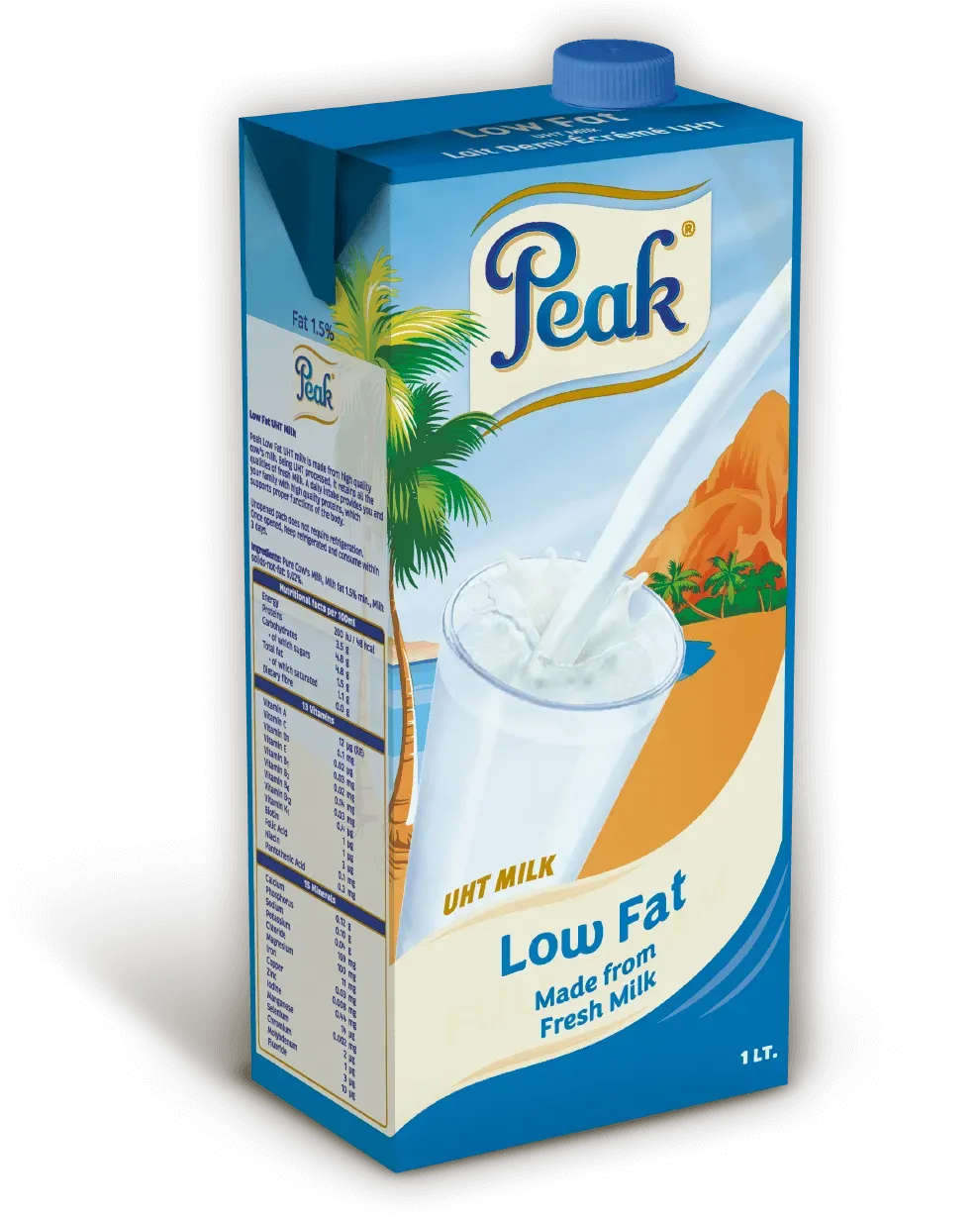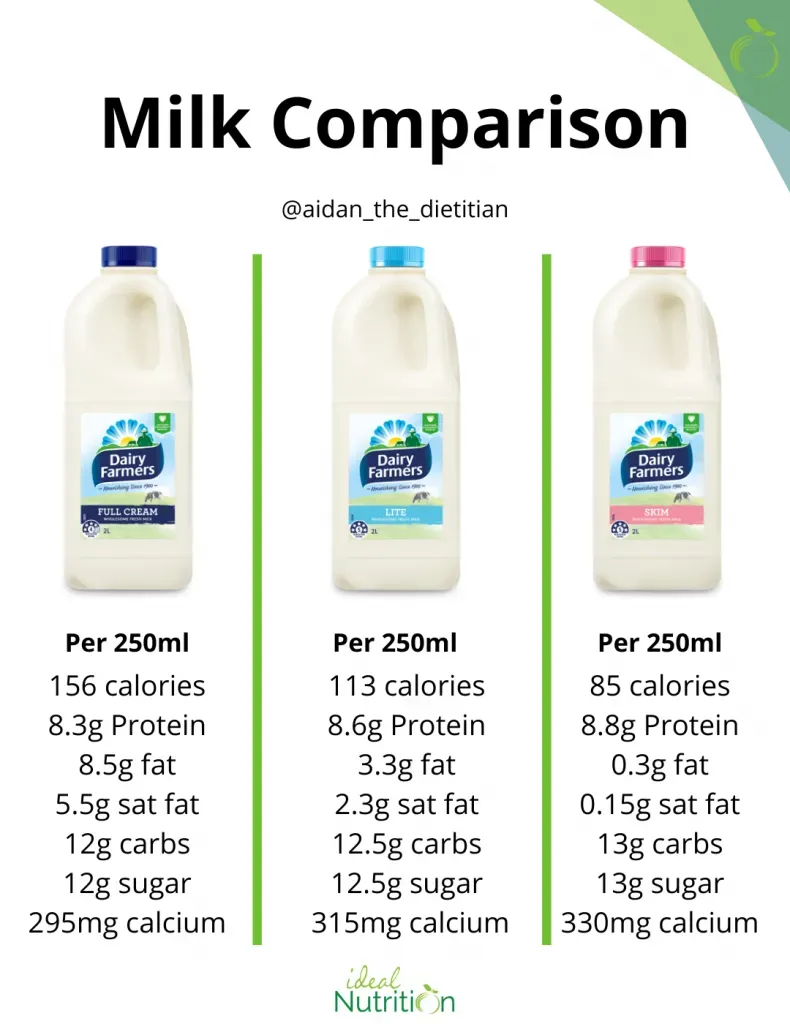Table of Contents
Walking down the dairy aisle can feel like navigating a minefield these days. So many options, so many claims. Whole milk, 2%, 1%, skim – what’s the deal? For years, we’ve been told to ditch the full-fat stuff and reach for something lighter. The focus shifted squarely to low fat milk, with the idea that less fat equals a healthier choice, especially for your heart. It seemed simple enough: cut the fat, cut the risk.
What Exactly Counts as Low Fat Milk?
What Exactly Counts as Low Fat Milk?
Defining "Low Fat" in the Milk World
So, you're standing there, staring at the dairy case, and you see all these labels. "Low fat," "reduced fat," "skim," "whole." What exactly counts as low fat milk? In the U.S., the Food and Drug Administration (FDA) has specific rules for this. Milk labeled "low fat" must contain 1% milk fat by weight. That's the official line. Anything higher, but still less than whole milk's roughly 3.25%, gets a different label, usually "reduced fat" or "2% milk." Skim milk, on the other hand, has had virtually all the fat removed, coming in at less than 0.5%.
It's less about a feeling and more about a number printed right there on the carton. Think of it as a government-mandated definition, not just marketing speak. When you see that "low fat" label, you're supposed to know you're getting that 1% specifically. It’s a distinct category, separate from its fattier and skinnier cousins.
The Specific Percentages: 1% and 2%
While "low fat" technically means 1%, many people lump 2% milk into this category mentally because it's also a step down from whole milk. The FDA calls 2% "reduced fat" milk, but let's be real, most folks just see it as 'less fat milk'. Whole milk is around 3.25% fat. Two percent milk cuts that by roughly a third. One percent milk cuts it even further, down to about one-third of the fat in 2%.
This difference in percentage, while seemingly small, changes the texture and taste significantly. Two percent milk still retains some of that creamy mouthfeel that whole milk offers, albeit less so. One percent starts to feel noticeably thinner, closer to skim but with just enough fat to avoid that slightly watery perception some people get from fat-free milk. These specific percentages are the key differentiators when discussing low fat milk examples.
Milk Type | Approximate Fat % | Official FDA Label |
|---|---|---|
Whole Milk | ~3.25% | Whole Milk |
2% Milk | 2% | Reduced Fat Milk |
1% Milk | 1% | Low Fat Milk |
Skim Milk | < 0.5% | Fat-Free or Skim Milk |
Why the Distinction Matters (Or Doesn't)
The regulatory definition is one thing, but how people use the term "low fat milk examples" in everyday conversation is another. Often, when someone says they drink low-fat milk, they could mean either 1% or 2%. The distinction is primarily based on the legal labeling requirements and the resulting nutritional profile, particularly the calorie count and saturated fat content, which decrease as the fat percentage drops.
Understanding this technical difference is helpful when you're looking at nutrition labels and trying to manage your fat intake based on dietary guidelines. However, don't be surprised if your friend says they drink low-fat milk and they're pouring themselves a glass of 2%. It's a common linguistic shortcut. The important part is knowing that 1% milk is the standard bearer for the "low fat" label in the dairy aisle.
Common Low Fat Milk Examples You See in Stores
Common Low Fat Milk Examples You See in Stores
Spotting Low Fat Options on the Shelf
so now that we know the official definitions, let's talk about what you actually see when you're dodging other shoppers in the dairy aisle. The most common low fat milk examples staring back at you are 1% and 2% milk. You'll find them from all the big brands – your local dairy, the national names, even the store's own label. They come in gallons, half-gallons, quarts, and those little single-serve cartons. These are the workhorses of the low-fat dairy world, readily available everywhere from giant supermarkets to corner bodegas. They're positioned as the middle ground, offering less fat than whole milk but a bit more substance than skim.
Comparing Low Fat Milk Examples: 1% vs. 2%
Comparing Low Fat Milk Examples: 1% vs. 2%
Taste and Texture: A Noticeable Difference
Alright, so you've narrowed it down to the low fat milk examples – the 1% and the 2%. But what's the actual difference when you pour a glass? It comes down largely to taste and texture. Two percent milk still has a decent amount of fat clinging to the milk solids, which gives it a creamier mouthfeel. It feels richer, closer to whole milk, and coats your tongue a bit more. This makes it a popular choice for drinking straight or adding to coffee where you want some body.
One percent milk, with half the fat of 2%, feels thinner. It's less viscous, and the flavor feels less... round. Some people describe it as slightly more watery, though others appreciate its lighter profile. It's less likely to leave that lingering creamy feeling after you drink it. If you're used to whole milk, switching to 2% is often an easier transition than jumping straight to 1% or skim.
Nutritional Showdown: Beyond Just Fat
Beyond the taste, the nutritional labels for these low fat milk examples tell a story. The most obvious difference is the fat content, as the names suggest. A cup of 2% milk has about 5 grams of fat, while 1% milk has about 2.5 grams. This directly impacts the calorie count; 2% milk clocks in around 120 calories per cup, and 1% is closer to 100 calories.
Both are typically fortified with Vitamin D, which helps your body absorb calcium. They both provide significant amounts of protein (about 8 grams per cup) and essential nutrients like calcium, Vitamin B12, and riboflavin. The main trade-off you're making when choosing between 1% and 2% is primarily the calories and saturated fat grams, not the core vitamin and mineral package.
Nutrient (per cup) | 2% Milk | 1% Milk |
|---|---|---|
Calories | ~120 | ~100 |
Total Fat | ~5g | ~2.5g |
Saturated Fat | ~3g | ~1.5g |
Protein | ~8g | ~8g |
Calcium | ~300mg | ~300mg |
Vitamin D | ~2.4 mcg | ~2.4 mcg |
Choosing Your Low Fat Champion
So, which of these low fat milk examples is "better"? It's not a simple hierarchy; it depends on your personal goals and preferences. If you're focused strictly on cutting calories and saturated fat, 1% milk offers a slight edge. It provides the same protein and micronutrients as 2% but with fewer of the macronutrients often targeted for reduction in calorie-restricted diets.
However, if you find 1% too thin or unappealing, 2% milk is still a significant step down in fat and calories from whole milk. The difference between 1% and 2% might be negligible in the context of a balanced diet, especially if choosing 2% means you're more likely to drink milk and get its associated nutrients rather than skipping it altogether. Some people also find the slightly higher fat content in 2% helps them feel more satisfied. It's about finding the balance that works for you and makes sustainable healthy eating feel less like a chore.
Who Should Consider Low Fat Milk Examples?
Who Should Consider Low Fat Milk Examples?
Who Should Consider Low Fat Milk Examples?
So, who exactly should be reaching for those low fat milk examples like 1% or 2%? Historically, the push came from dietary guidelines aimed at reducing saturated fat intake to lower heart disease risk. If your doctor or a registered dietitian has specifically advised you to cut back on saturated fat or overall calories, switching from whole milk to a lower-fat version is a pretty straightforward way to do it without giving up milk entirely. People managing their weight might also find the calorie difference appealing. A cup of 1% milk shaves off about 50 calories compared to whole milk, which can add up over a day or week if you drink a lot of milk. It's less about magic weight loss and more about making small adjustments that align with broader dietary goals.
Consider low fat milk examples if:
- You need to reduce saturated fat intake based on professional health advice.
- You are trying to manage your overall calorie consumption.
- You prefer the taste and texture over skim milk but want less fat than whole milk.
- You are using milk in recipes where high fat isn't necessary or desired.
Beyond Low Fat: Understanding Your Milk Options
Beyond Low Fat: Understanding Your Milk Options
Exploring the Full Spectrum of Milk
so we've talked about the middle ground – the low fat milk examples like 1% and 2%. But let's be real, the dairy aisle doesn't stop there. You've got the old guard, whole milk, which is making a bit of a comeback with some research suggesting its fat might not be the dietary villain we once thought. It has that rich, full flavor and texture that none of the lower-fat versions can truly replicate. Then, on the other end, there's skim milk, stripped down to almost zero fat, providing essentially protein, carbs, vitamins, and minerals without the creamy calories. It's the purist's choice for minimal fat intake. Understanding the whole range, from full-fat to fat-free and everything in between, helps you make a truly informed decision based on your diet and preferences, not just defaulting to "low fat" because someone said so decades ago.
Making Sense of Your Milk Choice
So, there you have it. The world of low fat milk examples isn't just about grabbing the carton with the lowest number. We've seen that 1% and 2% milk offer different fat levels, and while they cut down on saturated fat compared to whole milk, the picture is more complex than a simple fat percentage. The best choice depends on your individual needs, overall diet, and health goals. There's no one-size-fits-all answer, despite what old guidelines might have suggested. Consider the complete nutritional package and perhaps consult a professional if you have specific health concerns like cholesterol or heart disease. Ultimately, the dairy aisle still requires a bit of thought, but hopefully, now you have a clearer idea of what those low fat options really are.
